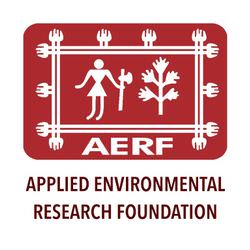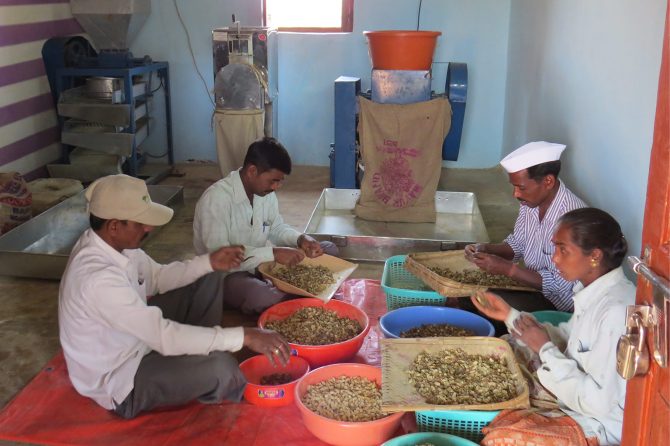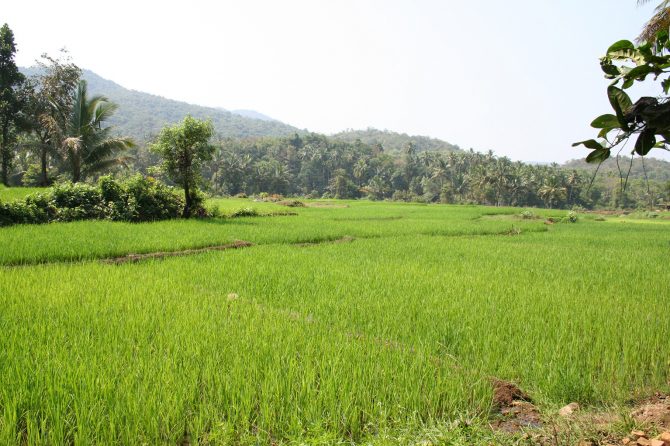2014 INDIA
Promoting Green Entrepreneurship for conservation of Satoyama landscapes in the North Western Ghats, India
Applied Environmental Research Foundation (AERF)
Community / field-based implementation
Landscape
Overview
North Western Ghats is known for rich cultural and biological diversity, but is under accelerating anthropogenic pressure because the area is sparsely covered by protected areas and most forests in the area are owned by communities. Insufficient community awareness of the role of biodiversity and ecosystem services in their livelihood, as well as their limited incentives to conserve these elements have resulted in mass scale replacement of forests into commercial monocrop plantations, biodiversity loss and ecosystem degradation. To address these threats, the project developed the value chains of products that sustainably use the plants of high conservation value, which were the most likely to resonate with the aspirations of the communities to gain sustainable income and to contribute to biodiversity conservation as well.
Key achievements
- Sustainable harvesting practices, market products and value chains were developed and FAIRWILD-certified for two medicinal tree species, - Terminalia chebula, and Terminalia bellirica. These have contributed to the conservation of 400 large trees of Terminalia bellirica in seven villages. While a new product – tumbler was developed from Pterocarpus marsupium – an IUCN Redlist category ‘Vulnerable’ species – which contributed to the conservation of approximately 200 trees of Pterocarpus marsupium in four villages.
- Capacity of 10 members of marginalised farming communities was built for sustainable collection of medicinal ingredients.
- “Nature Connect”, a platform to incubate sustainable NTFP entrepreneurship platform, was established to sustain and scale up actions. Similarly, a brand MyForest was developed for mainstreaming of conservationlinked value chains.
- Local awareness of the relationship between rural livelihoods, biodiversity and ecosystems were enhanced.
Lessons
- Enterprise-based biodiversity conservation projects should identify products which suit the locally available skill sets, do not undermine the natural resource base and benefit local communities.
- It is critical to develop products which are unique and convey values linked to the sustainability of biodiversity.
- Long-lasting demands for the products should be created to balance the harvest and regeneration of resources.
2014_India Sections(completed) Title
2014_India Sections(completed) Text
- 2014_India Free Sections(completed) List1
- 2014_India Free Sections(completed) List2
Project location
Organisation

Applied Environmental Research Foundation (AERF)
- Sector
- Non-governmental organisation
- Country
- India
- Website/SNS
- https://www.aerfindia.org/
Relevant projects
Projects of the same year
Aichi Biodiversity Targets
Aichi Biodiversity Targets
-
Awareness increased
-
Incentives reformed
-
Sustainable production and consumption
-
Sustainable agriculture, aquaculture and forestry
-
Ecosystems and essential services safeguarded
Sustainable Development Goals
Sustainable Development Goals
-
Zero hunger
-
Life on land

